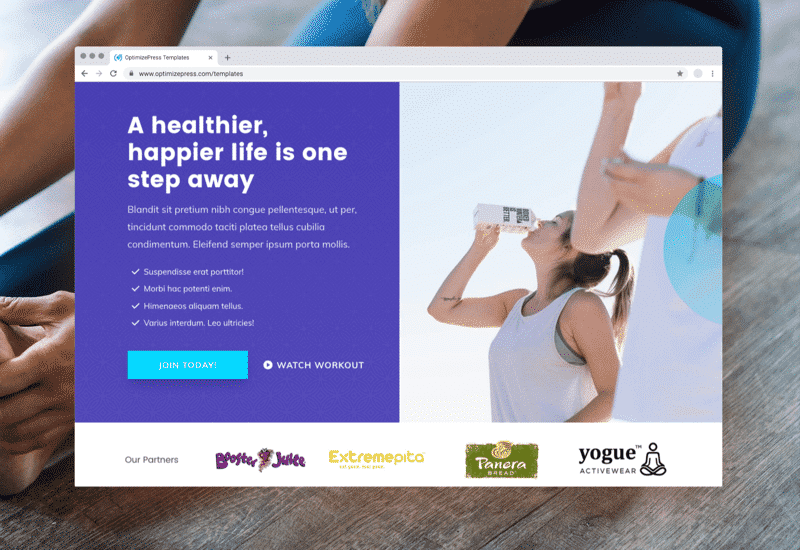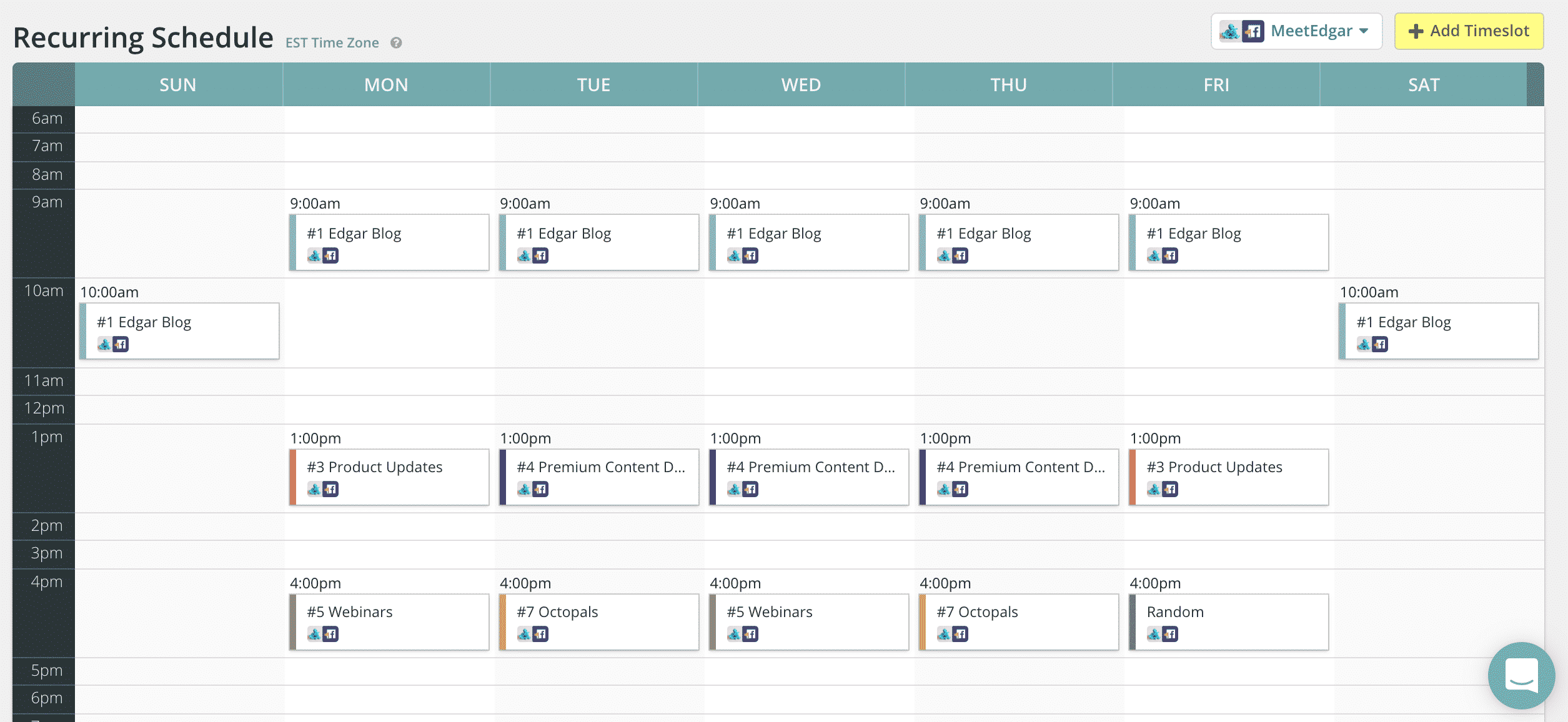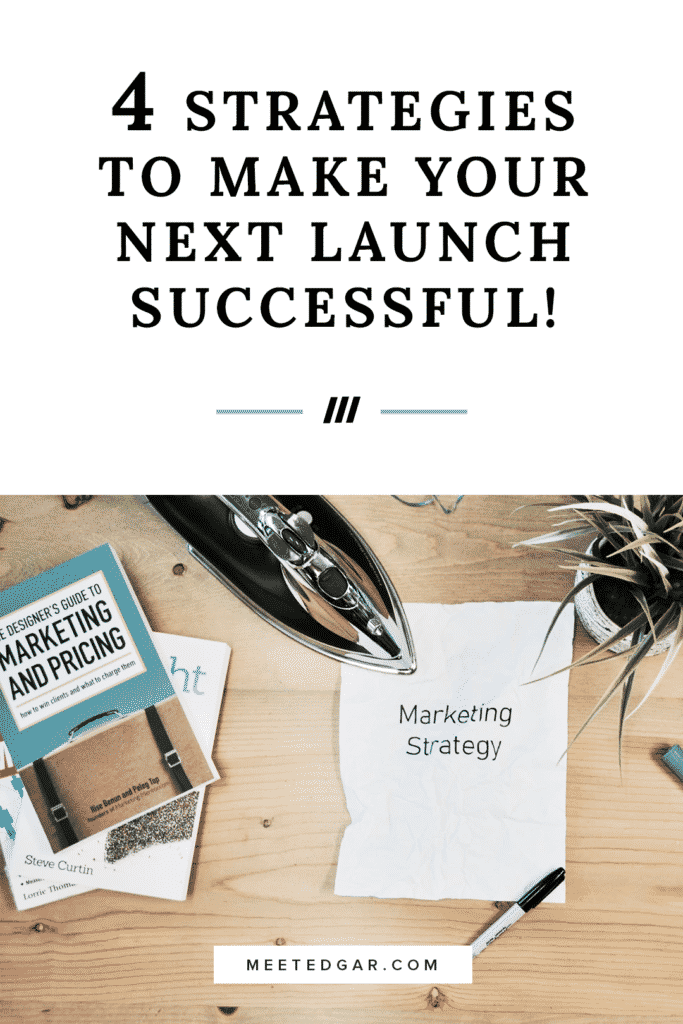Preparing for a new business or product launch is an exciting process. But it’s not enough to just pick your brand name and have your products ready. That’s just the beginning. No matter how amazing your business concept or new product, you need to sell it. And you can’t sell something that people don’t know about. Unfortunately, amazing features and the perfect branding don’t always bring customers rushing to buy right away. The good news? You have a whole host of marketing tools at your disposal to generate hype and awareness for your new venture. And the best time to do it is before you launch. You need a pre-launch marketing strategy to help build the buzz for your new venture.
What is Pre-Launch Marketing?
Pre-launch marketing occurs before the official launch of your product or service and the goal of it is to raise awareness and build excitement for your brand. It’s also a prime time to test different messages, marketing channels and tactics so you know what works. Pre launches can be anywhere from a few weeks to a few months but at the end of the pre-launch, you should have
- An excited audience who wants to buy from you
- Social media followers and email subscribers
- A clear understanding of the types of marketing that works for your audience and your business
By doing this work to reach your audience and build up loyalty before your ready to sell, you’re going to be able to hit the ground running once you are ready to sell. Keep reading to discover the top five pre-launch marketing strategies every entrepreneur needs in their arsenal, including:
- A lead generation landing page
- Content marketing
- A social media editorial calendar
- Influencer collaboration
- Email marketing
1. Lead Generation Landing Page
Before you launch any marketing campaigns, you need to make sure you can capture leads that come your way. Unlike your website, which has a menu of multiple pages, a landing page is a standalone page. Landing pages are designed to be used with marketing and advertising campaigns. 
Marketers use landing pages to get visitors to complete a single specific action pre-launch. You may want visitors to sign up for a free trial, buy a product, or schedule a sales call. Here are some top tips for creating a landing page for your pre-launch strategy:
Only use one call-to-action (sign up, buy now, learn more)
A call-to-action, also known as a CTA, is exactly what it sounds like! It’s usually a button or a link that urges your audience to take the next step. In pre-launch marketing, a CTA is usually to sign up for a waitlist or email list to receive a notification when your products or services are available for purchase. 
Try using exit pop-ups
An exit pop-up is a pop-up box that shows when someone goes to exit the page. The exit pop-up is a last-ditch effort to try to get someone to engage with your website. You can offer a discount or coupon code to try to keep that user engaged or you can simply ask them if they want to sign up for your email list to be the first to hear about your product.
Remove distracting text and images
Less is more on landing pages. The goal of the landing page is for your audience to take the next step with your product. A clutter landing page can be overwhelming and result in your audience exiting the page before they’ve taken that next step.
Nail your unique selling prospect (why people should buy or sign up)
What makes your product different? How is it going to solve the problems of your ideal audience? Knowing this crucial for a successful pre-launch marketing strategy.
Write in natural language
You wouldn’t speak like a walking billboard so your landing page should read like one! Your landing page should speak to your ideal customer in their voice with words and phrases that they understand and use themselves! Look for specific landing page templates online to figure out how to optimize your conversion rates. Even if you don’t have your product ready, you can use a landing page for your pre-launch marketing to collect email subscribers or pre-orders.
2. Content Marketing
Sometimes the best marketing plan is to give something away for free. And no, we don’t mean your product or services. We mean content. Content marketing means providing free valuable resources to generate interest in your brand or your products. Examples of content marketing include:
- Video tutorials
- Webinars
- E-books
- Live video
- Youtube videos
- Infographics
- Case studies
When used in a pre-launch strategy, content marketing can help you create a need with your target market. Content marketing is about educating your audience and building their trust in you and it’s perfect for this launch phase of your marketing. You don’t have anything to sell just yet but you do know the problem your product or service can solve and you know what makes your product or service different from all the competitors. And you need to start getting that information out to your audience. That’s where content marketing comes into play. Let’s say you’re starting a business that sells eco-friendly clothing. You can write educational articles about the impact of fast fashion on the environment. Alternatively, you can publish videos about the best way to recycle, reuse, or donate clothing. This is going to attract people who are interested in eco-friendly fashion. They might start following you because of your content and then become buyers once you’re ready to launch. With content marketing, make sure you have a specific target audience in mind. The better you know your audience, the more value you can provide.
3. Social Media Editorial Calendar
More than half of social media users use social platforms to research products. Social media is an excellent place to find existing communities and audiences for your business. Whether it’s a new product launch or a brand new business, you need to have a social media editorial calendar in place. Social media is a form of content marketing and it can help generate interest and curiosity in your brand before you’re ready to sell.  We recommend focusing on growing one platform first. Find the platform that works best for your product, and then master it. However, you should feel free to claim handles and create profiles on all the channels you want to use. Once you have a consistent following on one platform, you can start branching out to other platforms. By then, you’ll know what type of content and posting times give you the best results. Check out this post to learn more about crafting the perfect editorial calendar.
We recommend focusing on growing one platform first. Find the platform that works best for your product, and then master it. However, you should feel free to claim handles and create profiles on all the channels you want to use. Once you have a consistent following on one platform, you can start branching out to other platforms. By then, you’ll know what type of content and posting times give you the best results. Check out this post to learn more about crafting the perfect editorial calendar.
4. Influencer Collaboration
The power of word-of-mouth marketing shouldn’t be underestimated. People are 90% more likely to buy from a brand recommended by a friend. One of the fastest ways to earn some credibility is through influencer marketing. Think about it. You’re launching a brand new product. You don’t have the benefit of a known brand name or thousands of positive reviews.  Influencers, however, have already taken the time to build an audience of loyal followers. You can leverage their credibility as you build your own. Influencers come in various “sizes.” Specifically, their audiences come in different sizes. If you’re a startup with a smaller marketing budget, consider reaching out to nano-influencers (1,000 to 10,000 followers) or micro-influencers (10,000-50,0000 followers). Influencers with smaller audiences but high engagement can still be an essential part of a successful product launch. Browse social media platforms or use a tool like Izea or SparkToro to find influencers and bloggers in your niche. You can send free product samples to influencers to review. Or, you can hire an influencer and create a more specific content creation plan with them. Another creative influencer outlet to consider is podcasts. This is an excellent way to get exposure with potential customers or offer promos to a large audience. Remember when looking for influencers is that it’s not about finding the influencer with the biggest audience. It’s about finding the influencers who have audiences that will fit your product or service. It won’t help your launch if you reach a whole bunch of people who aren’t ideal clients or won’t buy your product. You need to reach the right people so don’t rush working with influencers. Instead, take the time to do the research and find the best ones for your brand.
Influencers, however, have already taken the time to build an audience of loyal followers. You can leverage their credibility as you build your own. Influencers come in various “sizes.” Specifically, their audiences come in different sizes. If you’re a startup with a smaller marketing budget, consider reaching out to nano-influencers (1,000 to 10,000 followers) or micro-influencers (10,000-50,0000 followers). Influencers with smaller audiences but high engagement can still be an essential part of a successful product launch. Browse social media platforms or use a tool like Izea or SparkToro to find influencers and bloggers in your niche. You can send free product samples to influencers to review. Or, you can hire an influencer and create a more specific content creation plan with them. Another creative influencer outlet to consider is podcasts. This is an excellent way to get exposure with potential customers or offer promos to a large audience. Remember when looking for influencers is that it’s not about finding the influencer with the biggest audience. It’s about finding the influencers who have audiences that will fit your product or service. It won’t help your launch if you reach a whole bunch of people who aren’t ideal clients or won’t buy your product. You need to reach the right people so don’t rush working with influencers. Instead, take the time to do the research and find the best ones for your brand.
5. Email Marketing
Compared to social media and paid advertising, email has a much higher return on investment (ROI). Using tactics like segmentation, personalization, and automation can increase your ROI to as high as 3,800%. Not only do most consumers expect to receive emails from brands, they prefer it. People often search through their email inbox to look for promotional codes or offers while they’re shopping. Start by adding a sign-up form to your website. Make it easy to fill out. The first campaign you draft should be a welcome campaign. Using email automation, you can send out a series of welcome emails over time. Your welcome series should introduce subscribers to your brand, show them how you create value, and encourage them to visit your website. 
In general, growing your email list should be a top priority. You can create lead magnets and landing pages specifically to encourage people to sign up for your emails. As you continue to collect more emails, you can send product announcements and promotions to encourage purchases.
Final Thoughts: 5 Pre-Launch Marketing Strategies Every Entrepreneur Needs
Building a successful business involves more than idea generation and product development. At the end of the day, you need to make a connection between your product and your buyers. If you don’t think about your marketing strategy until after you launch a new business or product, it’s already too late. A successful launch plan means starting your marketing way before launch day. Remember, it takes time for your marketing assets to generate results. Make sure you have your articles, emails, and social media posts planned out well ahead of time! And let Edgar help you out! Edgar is the best way to get organized and streamline your social media scheduling so you can focus on launching your business! 



